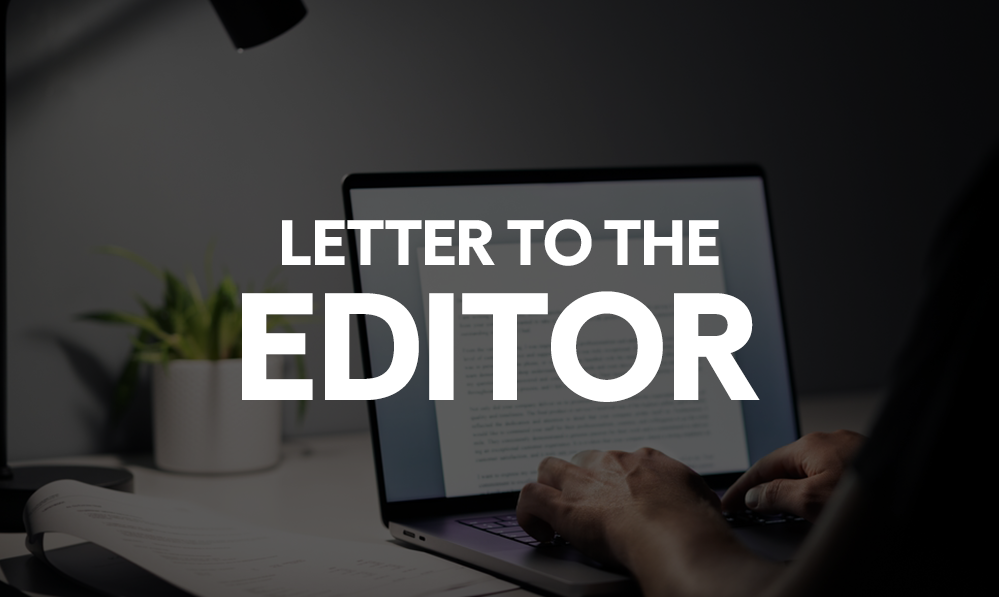When the Democrats regained control of Congress in January 2007, they promised fiscal responsibility. They passed PayGo (pay-as-you-go) which requires Congress to find a way to pay for programs without raising taxes.
However, in their first year, they increased spending by $454 billion, raised taxes by $98 billion, and added an additional $356 billion to deficit spending.
Senator Harry Reid (D-NV) once told his Senate colleagues “If you want to have a new program, figure out a way to pay for it without raising taxes.” Attention, Sen. Reid, if you want healthcare reform, a stimulus package, a climate bill, and a “jobs” bill, then find a way to pay for it without taxing us into oblivion.
Liberals now, as in 2007, have used their large majorities to increase discretionary spending faster than syrup dripping on a pile of pancakes. In 2007, they blackmailed President Bush into agreeing to an additional $17 billion in unrelated domestic spending. They told the president that if he wanted his requested troop funding then he would have to agree to their increase.
Within his first 100 days in office, President Obama has spent the second half of the TARP bill ($350 billion), signed into law a failed economic stimulus bill ($872 billion) and the omnibus bill ($410 billion), and submitted his $3.6 trillion 2010 budget.
In his “Era of Personal Responsibility,” he proposed increasing discretionary spending by 12 percent. While the president “supports” the PayGo law passed by the House, he managed to spend $1.5 trillion over tax receipts.
President Obama likes to blame his predecessor for our current budget woes, but let’s look at the numbers (courtesy of The Heritage Foundation).
President Bush expanded the federal budget by $700 billion; Obama expanded the same federal budget by $1 trillion.
President Bush’s stimulus bill in 2008 was only $150 billion; Obama’s stimulus bill in 2009 was $872 billion.
President Bush was the first president to spend 3 percent of GDP on antipoverty programs; President Obama has increased this so far by 20 percent.
President Bush presided over a $2.5 trillion increase in the public debt by the end of 2008 (after eight years); President Obama is set to add $4.9 trillion in only six years.
With all his spending, President Obama is set to be the biggest spender-in-chief since the 1930s. While President Roosevelt had to respond to the attack on Pearl Harbor, federal spending as it pertains to gross domestic product (GDP) averaged only 9.85 percent.
It is estimated that with Obama’s spending, the GDP will average around 24 percent. While both Obama and Roosevelt had wars to contend with as well as a down economy, so did President Reagan.
However, even with the Cold War, Reagan’s highest deficit as a percentage of GDP came in 1983 when it hit 6 percent.
Democrats claim that the PayGo legislation turned the country’s deficits into surpluses in the 1990s. But what they fail to mention is that those surpluses came about during the last six years that President Clinton was in office when Congress was controlled by Republicans.
I will admit that the Republicans went on a spending spree during the first six years of the Bush administration, a fact that doesn’t sit well with many conservatives.
During his tenure in office, President Calvin Coolidge managed to cut spending by 50 percent. If President Obama and the Democrats are serious about cutting the deficit and getting spending under control, then they would cut spending, cut taxes, cancel their efforts to pass healthcare and return the repaid TARP money to the Treasury.
Otherwise, its time for the American people to tell them, “You’re fired!”
Laura Lunsford
Fayetteville, Ga.










Leave a Comment
You must be logged in to post a comment.